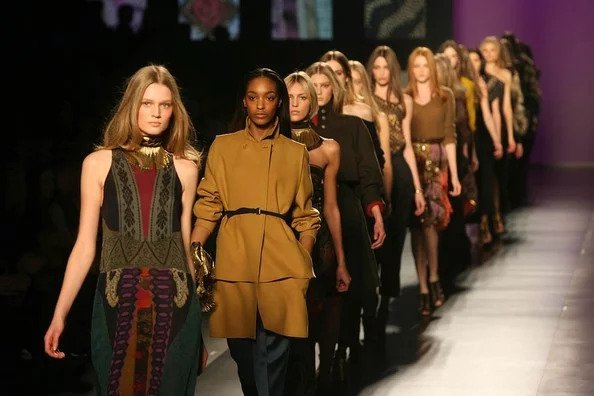Summary:
From this article, we learn about fashion industry is experiencing a new set of brand protection issues, which makes supply chain grow more complex and segmented. Today, counterfeiting has had an extensive impact on fashion brand with technological advancements. In the next blog, we will present an interview with brand owner: Lotto and demonstrate how these brand work on brand protection.
According to the IPR Seizure Statistics in 2014, wearing apparel and accessories continue to be the No.1 commodity classification based on number of seizures.[1] Fashion industry, billions of global enterprise dedicated to make and sell clothes each year. The prevailing trend in the fashion and luxury sectors is diversification into emerging markets. Movement into growing emerging markets represents a great opportunity for fashion or luxury brands, but that opportunity comes with risks. [2]Nowadays, China is still by far the world’s largest producer and supplier of counterfeit goods. Many of those goods are produced for export, and Chinese consumers of high-end goods are said to place a great premium on authenticity. However, there are many notorious physical marketplaces for counterfeit goods in China, in addition to domestic online sales. E-commerce brings a whole new set of brand protection issues, which makes supply chain grow more complex and segmented. In this article we like to discuss about the current situation, the effects of counterfeiting in fashion industry as well as the problems & industry trend in the coming 5 to 10 years.
Impact of Counterfeiting in Fashion Industry
Counterfeit goods represent a huge problem for fashion retailers, shoppers or even the government. Today, counterfeiting has had an extensive impact on fashion brand with technological advancements.
According to the World Customs Organization, counterfeit goods have cost the fashion industry nearly 400,000 job losses and over £5 billion in revenue over the last 20 years[3]. Accounting for the IPR seizures statistics in 2014, Wearing apparel and accessories, as a category, continues to be the No.1 commodity classification based on number of seizures.

As shown, wearing apparel and accessories remain the most counterfeited goods seized by the agencies. According to the report, the number of seizures in apparel and accessories industry reach at 7,922, occupied 28 % of the total results. In this commodity classification, the sum of theses goods totaling $113 million.
It is analyzed that, in 2014, most counterfeited items originate in mainland China. China and Hong Kong were reach at 88% of the MSRP (Manufacturer’s suggested retail price) of all confiscated goods, total over $1.2 billion. People in these region will most likely buy products on platforms such as Alibaba and eBay. Although Counterfeits have long been a headache for Alibaba, which operates China’s most popular e-commerce shopping platforms, Taobao and Tmall,[4] complaints that the online platform is an enabler for sellers of fraudulent goods continue to mount.
In May 2015, CNN Money headlined a story, “Alibaba gets sued by Gucci for fakes…again” indicating that while Alibaba insists that it has continued to fight fakes — taking down listings and even banning sellers — counterfeits continue to be an uphill battle.

